Content by Amanda Bachmann
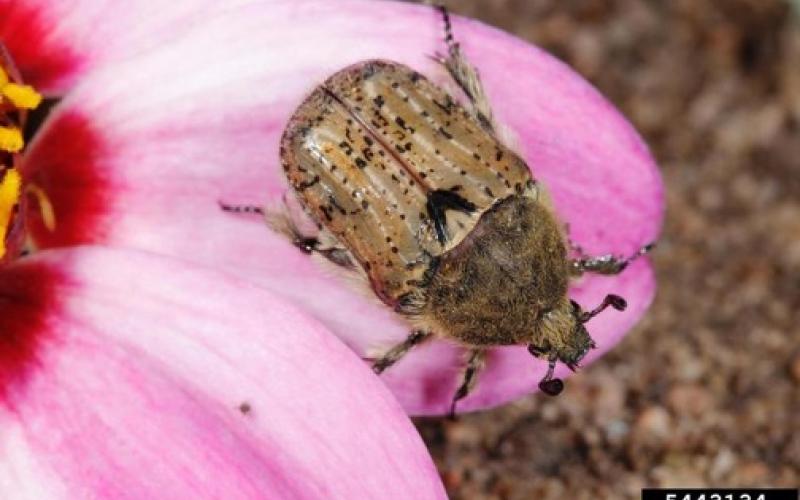
What are Those Large Beetles in My Garden?
One of the insects that starts to attract attention this time of year is the bumble flower beetle.
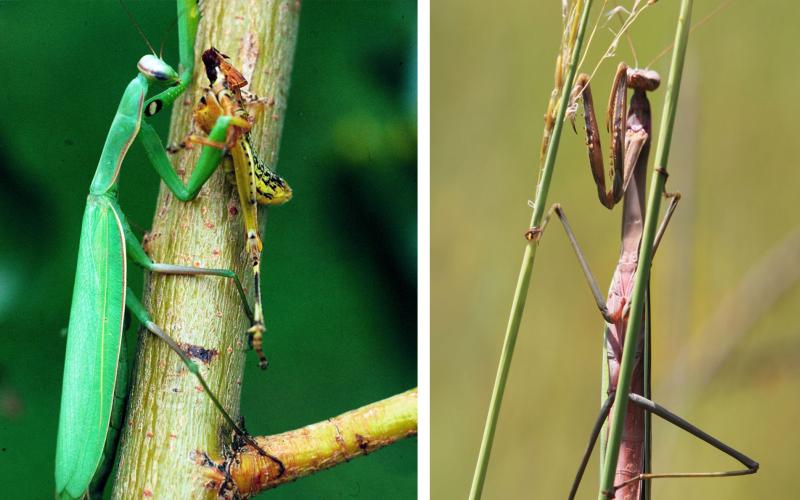
Are There Praying Mantises in South Dakota?
The short answer to the title of the article is "yes." Both the European mantis and the Chinese mantis can be found in South Dakota. As their names indicate, neither species is native to North America.
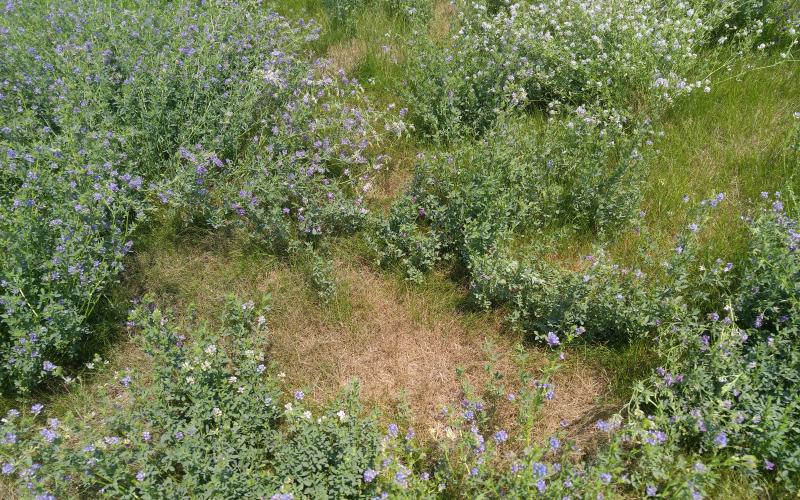
Scouting for Grasshoppers in Pasture and Alfalfa
For 2019, we have either received reports of very high grasshopper numbers or of very low or nearly absent populations. Most reports of high populations have originated from areas near rivers and other waterways. This suggests that the rich foliage along the banks of waterways has provided excellent habitat for grasshoppers and has boosted their populations in those areas.
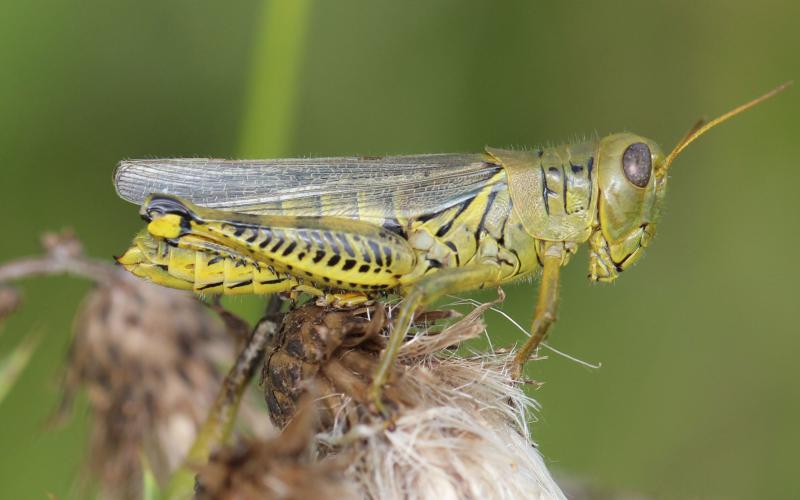
Should I Be Concerned About Grasshoppers When Planting Winter Wheat?
During 2019 we have received varying reports regarding grasshopper populations. Many reports have indicated that grasshopper numbers are down. However, we have also received reports of very large grasshopper populations in some areas of South Dakota. So why such a difference?
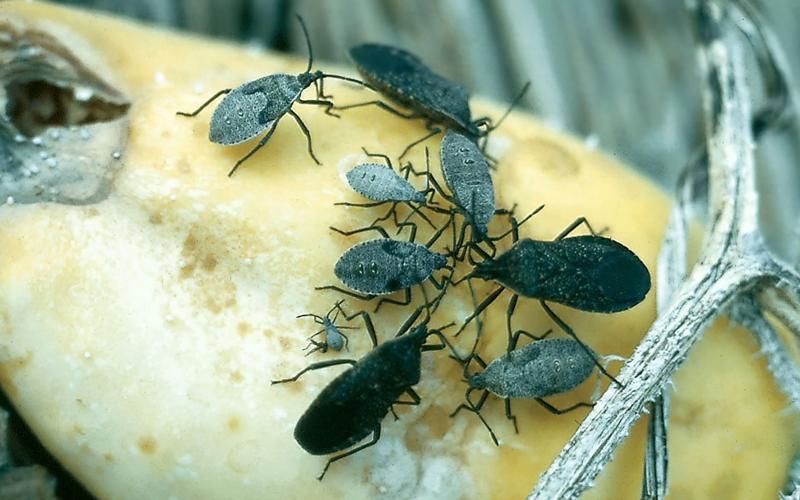
Squash Bugs in Zucchini
Squash bugs are now becoming a headache for gardeners across South Dakota. Most of the reports so far have been on zucchini plants, but squash bugs feed on pumpkins and other types of squash as well. Injury caused by extensive feeding appears as wilting and may result in the death of infested plants.

Should I Spray for Soybean Aphids? What’s the Threshold?
Although many soybean fields are behind schedule, so are the soybean aphid populations. In many reported areas, there are hotspots within a field where a few soybean plants may be heavily infested.

Lady Beetles of South Dakota
A guide for monitoring, properly identify, and promoting the growth of lady beetles.

An identification guide to Native Pollinator Plants of South Dakota for Managed Landscapes
A guide of Native Pollinator Plants in South Dakota.

Green Cloverworms Causing Defoliation in Soybean
Populations of green cloverworm, a caterpillar pest of soybean, have been increasing over the last couple of weeks in South Dakota. Although green cloverworm caterpillars feed on soybean leaves, defoliation rarely results in economic loss. However, reports of increasing populations of green cloverworm and increasing amounts of defoliation suggests that scouting for this insect pest is warranted.
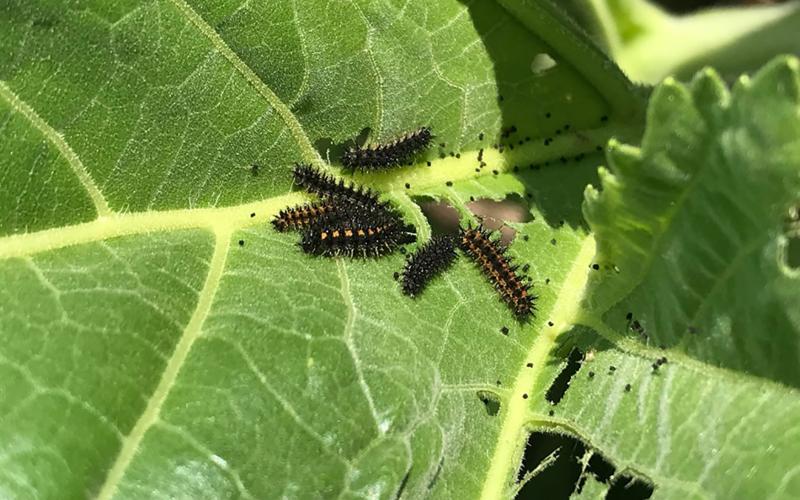
Checkerspot Caterpillars in Sunflower
While scouting sunflower near Sturgis this week, we came across outbreak levels of checkerspot caterpillars that were defoliating the plants. Similar sightings have been reported throughout Western and Central South Dakota in recent weeks.